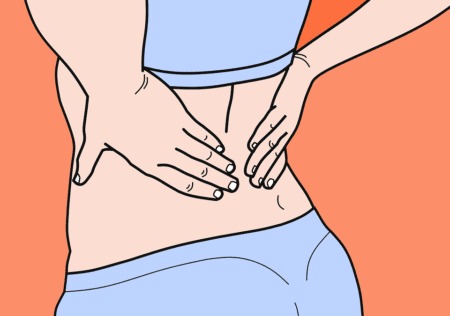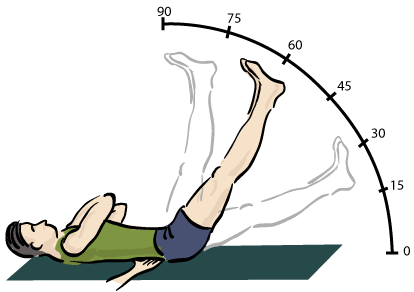 Sciatica affects the lumbar part of the spine. The roots, or nerve roots, are nothing but nerve fibers that form part of the spinal cord. They are very delicate and sensitive, so even a small pressure on them does not result in acute pain. It can also lead to sensory disturbances and reduced mobility of the spine, to the extent that the problem is, for example, sitting for a short time in one position.
Sciatica affects the lumbar part of the spine. The roots, or nerve roots, are nothing but nerve fibers that form part of the spinal cord. They are very delicate and sensitive, so even a small pressure on them does not result in acute pain. It can also lead to sensory disturbances and reduced mobility of the spine, to the extent that the problem is, for example, sitting for a short time in one position.
The pain is usually one-sided, sudden, radiates lower, even legs, because the sciatic nerve goes away from the lower part of the spinal cord, leads through the buttock, back of the thigh and lower leg to the foot. The patient may feel numbness, tingling, sometimes even reaching temporary paralysis or muscle weakness. The pain is so strong that you can not usually walk, and the only relief comes from lying on your back with slightly bent legs.
– Find out the reason
The causes of sciatica may be very different, but their diagnosis is important because it will help to prevent the recurrence of this painful condition.
- lesions of the spine, including discopathy – most often as a result of degenerative changes in the spine, the disc (intervertebral disc) may become prominent at the level of the lumbar region. Not only does it begin to protrude and does not form with the remaining one axis of the spine, but at the same time on the edges of the vertebral bodies can form so-called. bone spurs. It is they who oppress the sciatic nerve
- rheumatic changes in the spine – sciatica may have rheumatic background. In this case, it is necessary to perform tests
- inflammation, e.g. in soft tissue, which can lead to changes in the intervertebral discs
- spinal overload or physical activity badly matched to our state of health – it is about the incorrect position of the body during everyday activities, including sitting (eg slouching) or lifting (lifting heavier objects or bending over things without bending the legs in the knees) . An attack of sciatica may also occur as a result of too intensive physical exertion, especially when we conduct a sedentary lifestyle on a daily basis. In both cases, intervertebral discs are sore and there is pressure on the sciatic nerve (as is the case with degenerative changes of the spine and discopathy).
- winding or cooling of the body – this type of situation occurs most often when the skin is in contact with cold, eg during windy and rainy weather, when we sweat and wet t-shirt touches our body, less often when we get into the cold water during the heat
- poorly balanced diet – people who have a low vitamin and mineral diet are more susceptible to sciatica attack. First of all, it’s about calcium and calcium deficiency.

-How to treat sciatica?
In the first place will help analgesics, anti-inflammatory and muscle relaxants. The patient should lie down for a few days, preferably on a hard mattress or ground, with slightly bent legs, in order to relieve the spine. You can also heat your back, for example with a hot water bottle or warming ointment. After a few days, when the most intense pain is over, you can start doing sciatica exercises that will make the attack go away faster.
